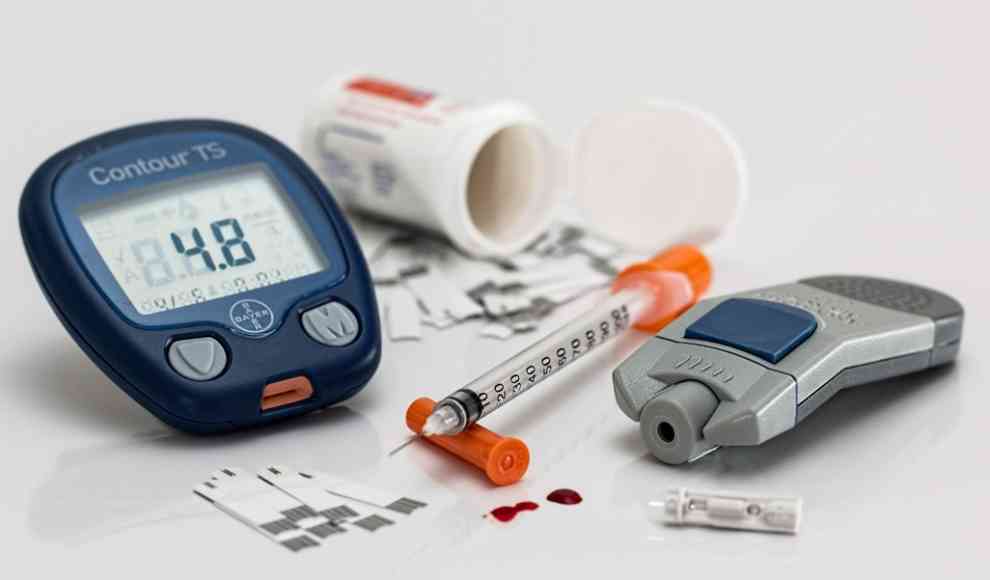A groundbreaking study by the German Center for Diabetes Research (DZD) has identified six subtypes of prediabetes that can predict the risk of developing type 2 diabetes. Prediabetes is a condition where patients have elevated blood sugar levels, but not yet at a pathological level. The study, published in Nature Medicine, followed 899 participants for over 20 years, tracking their medical data such as blood sugar levels, liver fat, blood lipid levels, body fat distribution, and genetic risk for type 2 diabetes. The researchers identified six subtypes of prediabetes, three of which have a low risk of developing diabetes, while the other three have a high risk of developing type 2 diabetes and other related diseases.
The first two subtypes have no or minimal overweight, normal blood sugar levels, and functioning insulin secretion. The fourth subtype, known as the “healthy obese,” has overweight but a healthy metabolism. The remaining three subtypes have a high risk of developing type 2 diabetes. The third subtype has a genetic predisposition and overweight, with a disrupted insulin production. The fifth subtype also has a genetic predisposition, a highly developed fatty liver, and insulin resistance. The sixth subtype has severe overweight, with a high amount of fat in the kidneys and abdominal area, leading to kidney damage and reduced insulin sensitivity in the prediabetes stage.
The researchers hope that this new knowledge of the six subtypes of prediabetes can be used to better treat and prevent type 2 diabetes. By identifying people with a high-risk profile early on, they can receive specific treatment to prevent the onset of diabetes. This study highlights the importance of early detection and personalized treatment for prediabetes, which can ultimately lead to better health outcomes for millions of people worldwide.










